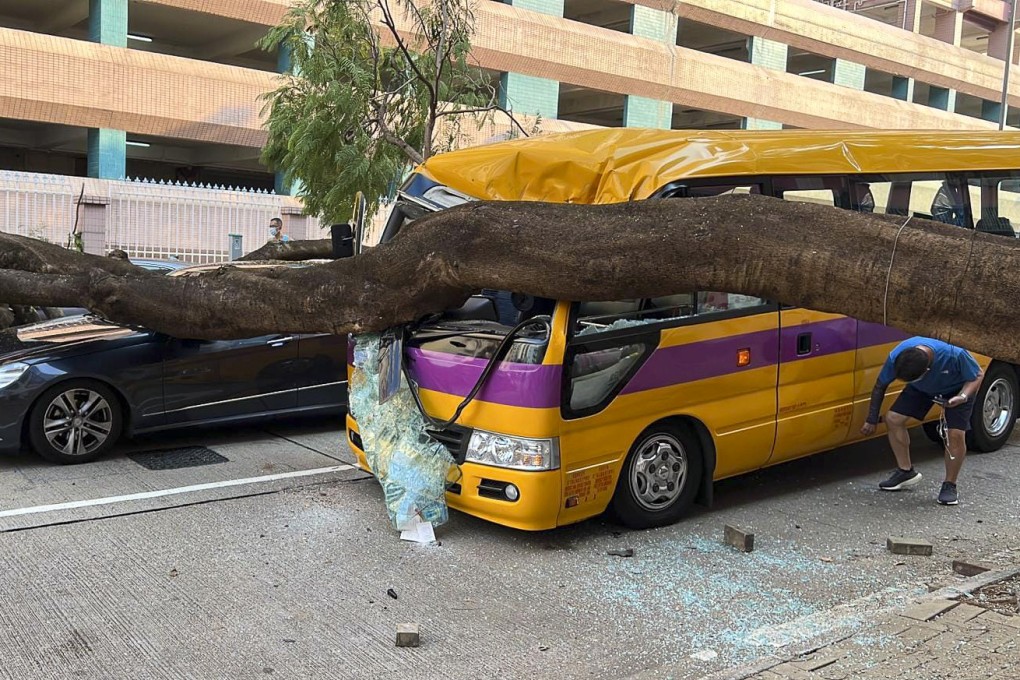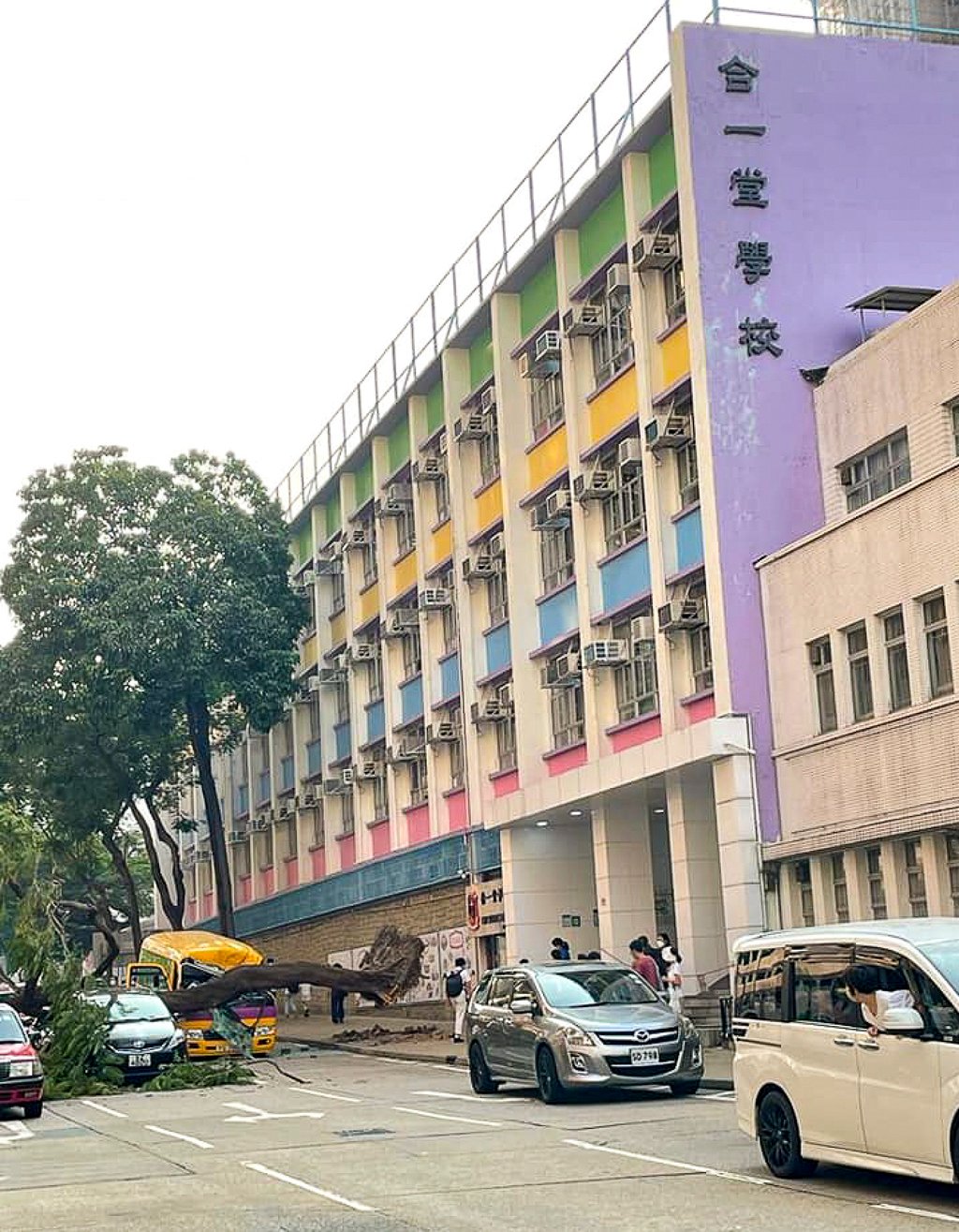Editorial | New thinking needed to better manage risks posed by falling trees
- Another accident last month has once again stirred debate on how to deal with the many trees in Hong Kong’s urban areas, with a review of the inspection process a welcome start

The risk posed by falling trees continues to raise concerns in Hong Kong more than 14 years after the tragic death of a teenager prompted a policy overhaul.
A 15-metre flame tree crashed to the ground last month, smashing the windscreen of a school bus and causing minor injuries to the driver and a passenger. The tree also hit three cars. It is fortunate the accident did not result in death or serious injury.
The government has responded quickly, with the development minister, Bernadette Linn Hon-ho, pledging a review of the city’s tree management.
The Leisure and Cultural Services Department, responsible for the tree concerned, has launched an investigation and a report is due this month.

A task force will review tree management policies, focusing on inspections and follow up measures, and make recommendations by the end of the year.
Meanwhile, 10,000 flame trees of a similar size are to be checked. The government is right to be taking the accident seriously. There are currently nine government departments managing more than 1.6 million trees. Other trees are the responsibility of private landowners.
